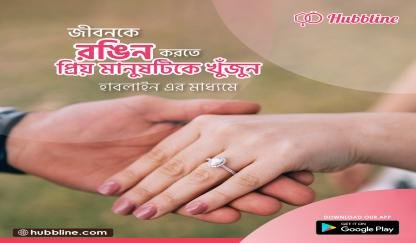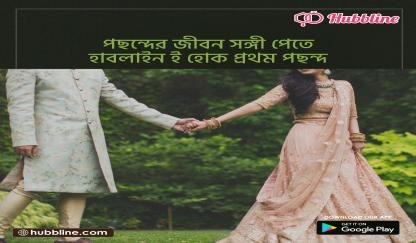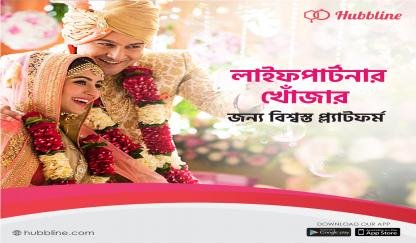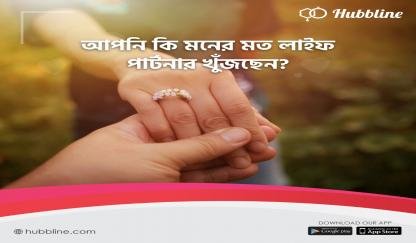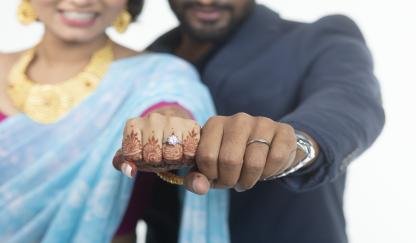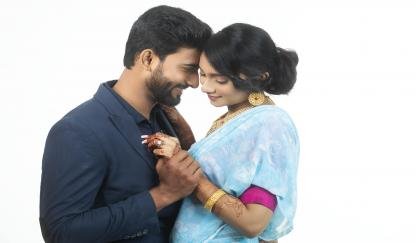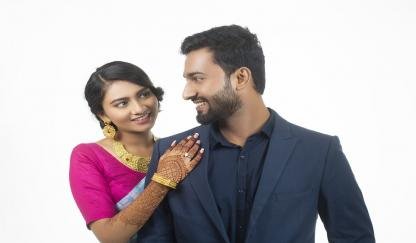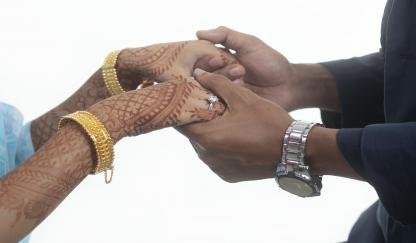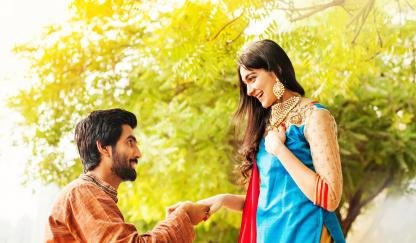
Bangladeshi traditional marriage Culture
Bangladesh's cultures have such a long history. The Bengali people's land, rivers, and lives formed a rich legacy with unique attributes from neighboring regions. It has evolved over ages and now embraces the diverse cultures of Bangladesh's various social groups. During the Bengali Revolution of the 19th and early 20th centuries, notable Bengali writers, saints, authors, scientists, researchers, intellectuals, music composers, artists, and film-makers influenced Bengali culture. In many ways, the Bengal Revival was the forerunner of modern Indian creative and cultural expression, as it held the seeds of a fledgling political Indian nationalism.
A Bengali wedding consists of a variety of rites and ceremonies that can last several days. Although Muslim and Hindu marriages have their own religious traditions, weddings in West Bengal and Bangladesh share many common Bengali practices.
The bride's gaye holud, the groom's gaye holud, the wedding ceremony, and the reception are the four aspects of a Bengali wedding. These are frequently held on different days. The first formal ceremony of a wedding is an informal one: the groom presents the bride with a ring to commemorate their "engagement," which is becoming increasingly fashionable.
A Bengali Hindu wedding can be broken down into the following sections:
Adan Pradan, Patri Patra, Ashirvad, Aai Budo Bhaat, Vridhi, Dodhi Mangal, Holud Kota, Snan, Saankha Porano are some of the pre-wedding rituals.
Bor Boron, Potto Bastra, Saat Paak, Mala Badal, Subho Drishti, Sampradan, Yagna, Saat Pak (couple), Anjali, Sindur Daan, and Ghomta are some of the wedding rituals.
Bashar Ghar, Bashi Biye, Bidaye, Bou Boron, Kaal Ratri, Bou Bhaat, Phool Sajja, Dwira Gaman are some of the post-wedding rituals.
Before the wedding ceremony, turmeric ceremonies known as gaye holud (Bengali: gaee holud, lit. "yellowing the body") are held. The bride and groom each had their own turmeric ceremony. The groom's family, with the exception of the groom, goes in procession to the bride's home for the gaye holud. They transport the bride's wedding gown, as well as wedding decorations such as turmeric paste and henna, sweets, and gifts. They also take two huge fish that have been dressed up as a groom and bride. The number of fish, the party responsible for cooking the fish, and the time the fish is delivered to the groom's family are all local variations on this practice.
Because of bride's family plans the wedding, many of the traditions concentrate around embarrassing the husband. Traditionally, the groom and his friends and family arrive later than the bride's side. As they arrive, the bride's younger family members barricade the venue's door, demanding money from the husband in exchange for allowing him to enter. The amount of money for entrance is negotiated between the groom and the bride's family members. Another tradition is for the groom's shoes to be hidden for money by the bride's younger siblings, friends, and cousins; in order to get them back, the groom must usually pay off the children. Siblings, friends, and cousins are also included.
The bride and groom are seated separately at a Muslim wedding, and a kazi (government-authorized wedding officiant), accompanied by the parents and a witness (Bengali: wakil) from each side, formally asks the bride for her agreement to the union, and then the groom for his.
A priest asks the couple to repeat mantras from holy books at their Hindu wedding, which formalizes the following: The ceremonial giving away of the bride by the groom's father is known as kanya sampradaan (Bengali: konnasomprodan, lit. "Giving the bride"). Ghora Saat Paake (The pair walks seven times around the ceremonial fire.) ''
On the day of the wedding (after the wedding ceremony), close friends and family stay up all night in Hindu marriages. The Basor Raat is the name for this. Basor Raat usually begins after midnight on the wedding day if the wedding ceremony is completed by evening. The majority of Hindu Bengali marriages take place in the evening. The pair departs from the venue the next day, preferably before midday, for the groom's home, where a bridal suite has been prepared.
The reception, also known among Muslims as the Bou Bhaat (Bengali: lit. "bride feast") or walima (Bengali:), is a banquet hosted by the groom's family in exchange for the wedding ceremony. It's a far more laid-back occasion, with only the second-best bridal gown being worn. Unlike during the wedding ceremony, the bride and groom attend the celebration as a pair; they arrive together, greet and dismiss guests together, and dine together. The bride and groom spend two nights at the couple's family home after the party. At both the wedding and the 'bou bhaat,' it is customary for visitors to shower presents on the newlyweds. This used to be a meal or feast prepared by the bride herself for her in-laws and close family members. .The groom's family is invited to the bride's family house for a feast on the second day, and they depart with the bride and groom. It is also an occasion to repay the bride's family for their generosity.
The Bangladeshi wedding has changed over time in so many aspects, including traditional, social, and design aesthetic. The characteristics that marked our historical weddings are now displayed on a worldwide scale and in a variety of forms. The world is our new design inspiration, therefore we can no longer limit ourselves to local concepts.
The matchmaker or “Ghotok” has long played an important role in forming families for children who are about to marry. He is the one who clears up any potential family misconceptions. He exposes details about his family's past. Academic credentials, job, business, and social affiliations are all shared. Ghotoks have long been utilized by Bangladeshi families in both rural and urban areas. The matchmaker was a meticulous professional who was appropriately compensated for her services. Matchmaking websites like hubbline exist nowadays, and they are an excellent approach to contact a big audience and customer.
Hope you will like the blog. Visit our website to see our blogs.
https://hubbline.com/











